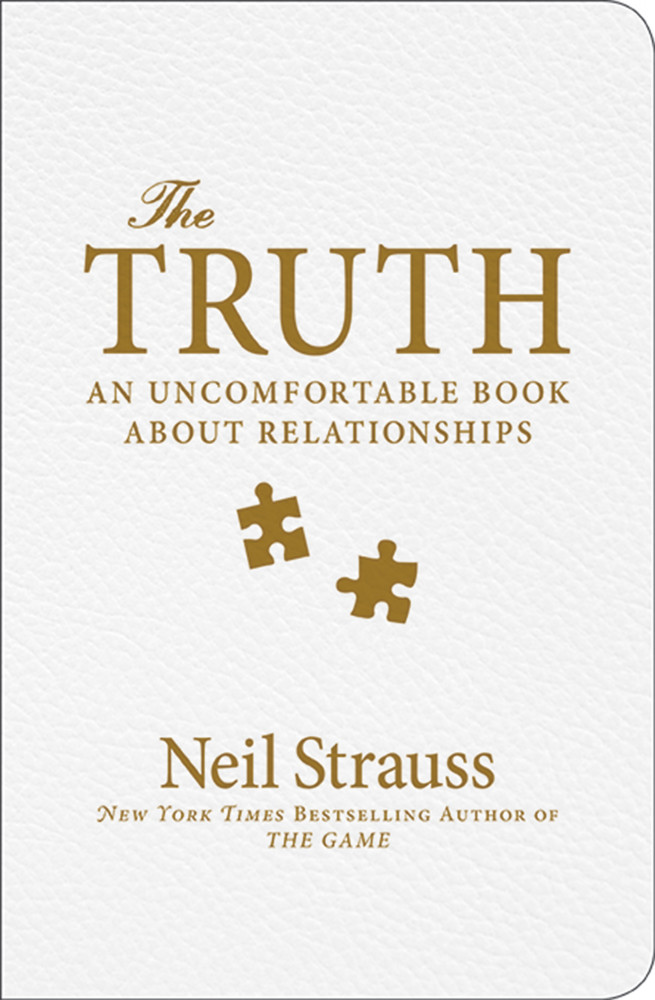By Heidi Stevens
Chicago Tribune.
Not since Gillian Flynn’s “Gone Girl” have I read a book as unflinching and jaundiced about relationships and monogamy as “The Truth,” Neil Strauss’ sprawling new book about finding and accepting love.
Released recently, “The Truth: An Uncomfortable Book About Relationships” (William Morrow) is a follow-up to Strauss’ best-selling “The Game,” which chronicled the Rolling Stone journalist’s transformation from a shy loser to a master Lothario whose moves were revered and repeated by the pickup artists he coached through his writing and appearances.
Both books are fascinating. “The Truth” is fantastic.
It begins in a rehab center, where Strauss has checked in for sex addiction therapy after his latest bout of infidelity, this time at the expense of his longtime girlfriend, Ingrid, whom he truly loves. He’s ashamed and confused and doubtful that monogamy is a realistic goal for him, for any of us, really.
“I am not the hero in this story,” Strauss writes. “I am the villain.”
Strauss, a Chicago native, is quite publicly and happily married to Ingrid now and living in Malibu, Calif., with their infant son, so I don’t think it ruins the ending to reveal that he eventually comes to see monogamy as an ideal, rather than a prison.
And that’s heartening, but hardly the book’s biggest strength.
In the course of exorcising his pickup artist demons, Strauss learns and exposes the barriers to intimacy that so many of us are carrying around. If you’ve struggled with monogamy, or loved someone who has, this book is revelatory.
Strauss’ stint in rehab (which he checked out of early, against medical advice) forced him to examine his parents’ marriage, his mother’s slightly toxic brand of parenting and the childhood wounds that shaped the way he approached sex as a craving to be constantly, freely indulged and intimacy as the enemy, rather than the catalyst, to that indulgence.
After rehab, he goes on a bit of a sex bender, sneaking into a free-love cult, passing out at a Hollywood orgy, forming a love commune, all in an attempt to find the most authentic, happiest version of himself. He undergoes brain scans. He interviews social scientists, historians and psychologists. He tests the patience of Ingrid, who is in and out of his life post-rehab.
It sounds like a train wreck, and I’ll admit to approaching the book with more than a hint of skepticism. But, like Flynn’s fictional “Gone Girl,” which revolves around a poisonous marriage, “The Truth” uses our deepest fears and ugliest impulses to reveal a true, if not rosy, portrait of human love and its many complications.
It’s an odd book to politicize, but I can’t help wishing the Kim Davises of the world would read it with an eye toward understanding that marriage equality is so incredibly far from being a danger to the institution.
We sabotage our own relationships and marriages with the baggage we don’t even know we’re hauling around, as Strauss vividly reveals.
As he writes in the epilogue, which is set on his wedding day:
“I’ve come to realize that there’s no so-called natural way to be in a relationship. The whole idea that we can study the past or other cultures to determine what’s right for us today is ridiculous. Because nearly every society of simians tells a different story of mating and sexuality, and every point of view can be supported with evidence from some other tribe or species.
“There isn’t just one true and proper way to love, to relate, to bond, to touch. Any style of relationship is the right one, as long as it’s a decision made by the whole person and not the hole in the person.”
“The Truth” is an instructive guide toward healing those wounds.














































































































































































































































































































































































